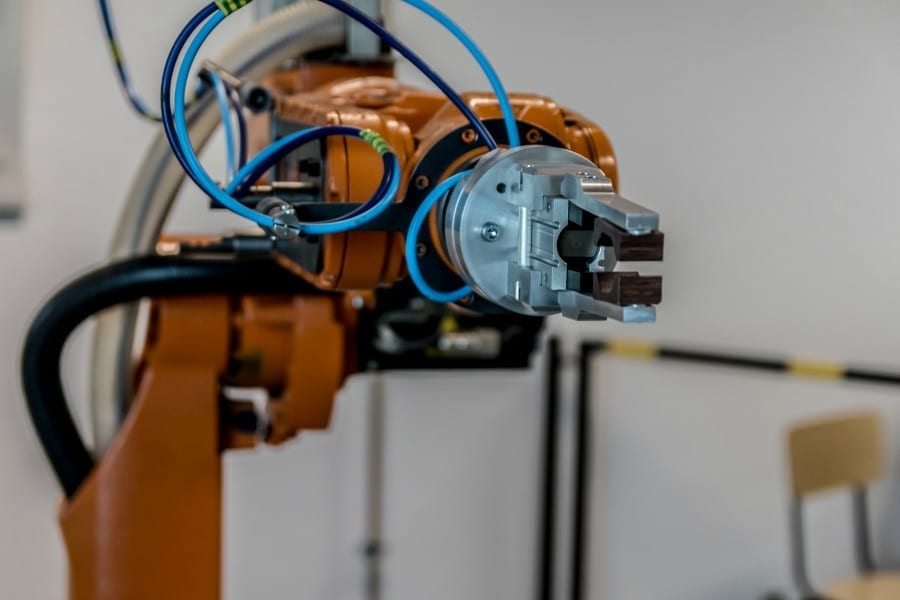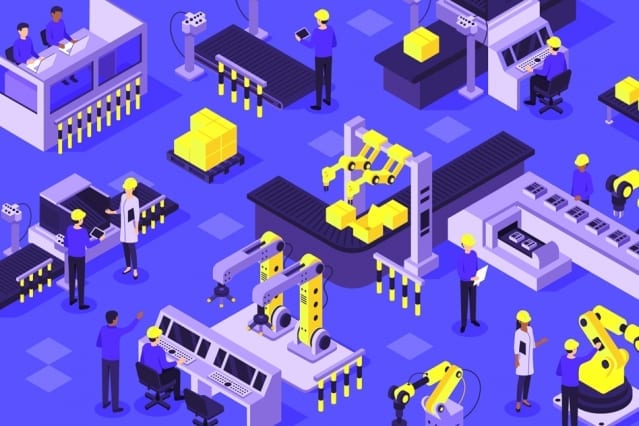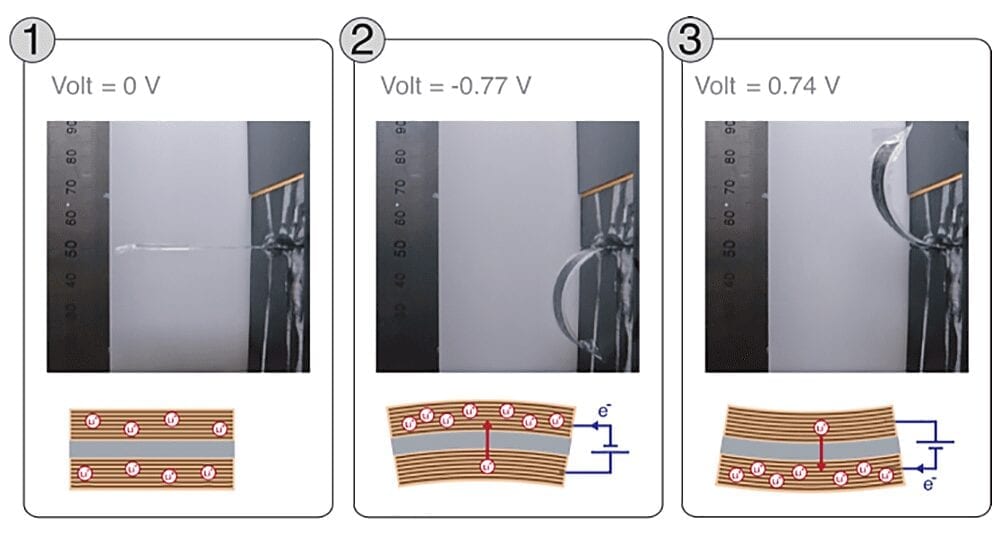
Neato Botvac
State University College of Engineering researchers used a vacuum cleaner and the personalities of three of the Seven Dwarfs from Snow White to demonstrate that people can correctly infer a robot’s personality solely by how it moves.
Unexpectedly, study participants also discerned intelligence from robot motion behaviors, suggesting people might trust an autonomous system more or less depending on their observations of its movements.
The findings are noteworthy because, much like the importance of personality in people’s interactions, robot personality can influence engagement and trust.
The study was published by the Association for Computing Machinery/Institute of Electrical and Electronics Engineering’s International Conference on Human-Robot Interaction.
Researchers in the lab of OSU assistant professor of computer science Heather Knight equipped a Neato Botvac vacuum cleaning robot with movement patterns inspired by the personalities of Happy, Sleepy and Grumpy.
Human participants rated the politeness, friendliness and intelligence of each robot motion demonstration after a series of trials that illustrated each of the motion personalities, without being informed of the robot’s intended personalities.
“We implemented an expressive autonomous motion generation system that mapped each personality the robot’s motion features, such as path shape, acceleration and velocity characteristics, and whether they moved toward or away from the participant,” Knight said. “The Happy robot sought people out with smooth motions at moderate speed. The Sleepy robot also sought people out, but with delays and slower accelerations. The Grumpy robot avoided people while using erratic motions and a range of velocities. Those simple variations told the people a lot.”
True to form, study participants rated Grumpy as the least polite and least friendly, whereas Happy upheld reputation by being rated the friendliest and smartest. Happy and Sleepy were together deemed most polite, though their rating was just above neutral.
“Participants were able to distinguish the motion-based personas, which bodes well for the integration of robot personality into simple robots” Knight said. “In future work, we hope to extend this work to the other four Dwarfs and study how personality could positively impact the specific tasks a robot is taking on around people.”
The Latest Updates from Bing News & Google News
Go deeper with Bing News on:
Robot personality
- Could FALLOUT Season 2 Introduce NEW VEGAS’ Beloved Yes Man?
With Mr. House appearing in season one and season two heading to New Vegas, Prime Video's Fallout could bring the beloved Yes Man to live-action.
- DARPA puts sinister green eyes on its robot tank
Messing with your mind DARPA's latest step into the world of autonomous vehicles a real eye-opener—literally. They've unleashed their new robotic beasts as part of the Robotic Autonomy in Complex ...
- An artificial mind with a lifelike body: Las Vegas man brings creations to life
Matt McMullen has been at it for decades. His most realistic creation yet is a supermodel-esque woman with blonde-brown hair who speaks with a mild Scottish accent.
- Enter Robots: Are We Ready?
The term “robot” suggests a human-like machine—a walking, talking automaton. Robotics is a much broader technology: Assembly robots in factories, warehouse workers, or surgical robots in ...
- “Petrol Head: Welcome to the Non-Human Race”
Rob Williams and Pye Parr look back at the first arc of Petrol Head, their new creator-owned title from Image Comics, and hint at what's ahead.
Go deeper with Google Headlines on:
Robot personality
[google_news title=”” keyword=”robot personality” num_posts=”5″ blurb_length=”0″ show_thumb=”left”]
Go deeper with Bing News on:
Human-Robot Interaction
- Astribot S1 AI Humanoid robot unveiled demonstrating its agility, dexterity and accuracy
This week the Astribot S1 humanoid robot was unveiled in Shenzhen, China, marking another significant leap forward in autonomous robotics ...
- University Of New South Wales- Introducing Robots to Baby Care: Exploring the Future of Parenting
More and more children are growing up with robots at home, but their impact on early learning and development is still largely unknown and unregulated.Technology has a profound impact on children.From ...
- Robots with weapons? Bill would make that illegal in Massachusetts
"We are creating robots to be friendly and useful, not harm or hurt people or animals," says an executive at Boston Dynamics, which supports the bill.
- Robot uses AI to mimic human facial expressions
A robot capable of mimicking human facial expressions has been developed by engineers at Columbia University in the US.
- People, Not Design Features, Drive Social Interactions for Robots, Finds Cornell University Study
It takes a village to nurture social robots.Researchers who develop social robots – ones that people interact with – focus too much on design features and not enough on sociological factors, like ...
Go deeper with Google Headlines on:
Human-Robot Interaction
[google_news title=”” keyword=”Human-Robot Interaction” num_posts=”5″ blurb_length=”0″ show_thumb=”left”]










